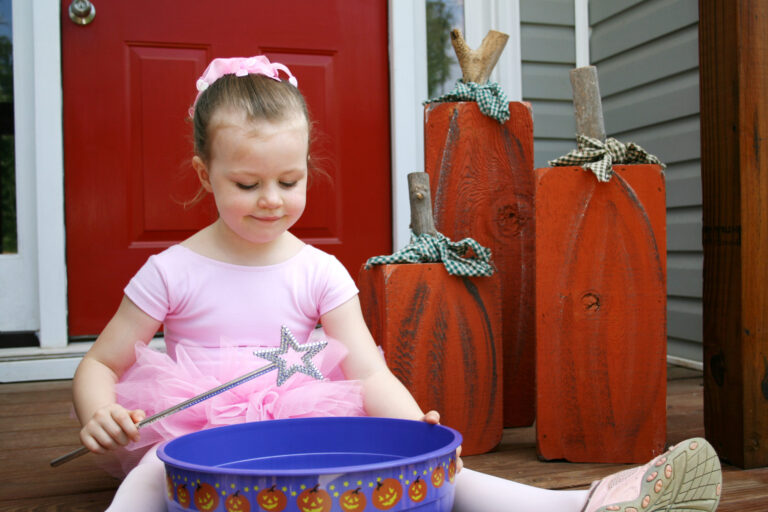
While teaching full-time, I was faced with a crippling injury—a tear to my labrum in my hip. Due to my temporary loss of ability to fully demonstrate, I felt lost as a teacher.
After the first surgery to repair my hip, I returned to teaching the day I was medically cleared. As a former professional ballet dancer, demonstrating was the most natural way of teaching for me. I wanted to get back to teaching my classes the way I had before the injury so badly that I sometimes ignored the continued pain. But I soon realized that pushing myself too hard, too soon, may have impeded my recovery. I was unprepared to make adjustments in order to deal with the damage to my body.
After two subsequent surgeries (a labral repair on my other hip and a labral reconstruction), I’ve learned a great deal about how to handle injury as a teacher and the self-care required to continue doing what I love. Here are a few of the lessons I have learned.
Treat yourself in the same fair way you would treat your students.
When I discover a student has been hiding an injury and attempting to dance through pain without modifications, I’m overwhelmed with concern and disappointment. Frequently, these students end up needing to take significantly more time off than a student who responds to an injury when it occurs. If you don’t want your students to ignore injuries, show them you will be honest with your injuries as well. Your response sets an example.
Hiding an injury and forcing yourself through movements that make the situation continue (or worsen) is in no one’s best interest. “Injuries should never be ignored, and proper recovery needs to be a priority for athletes and dancers,” says Eric Greeno, physical therapist at Orlando Sports Medicine. “Address the pain and take the necessary steps to heal and recover. Modifications and rehabilitation are key during a period of injury,” adds Greeno.
Use the time to notice the details.
Although some injuries are more forgiving and allow some to continue teaching, I was forced to be inactive during my recovery. Instead of demonstrating the exercises, I needed to use my voice to describe movements and the quality. Being more expressive in my verbal direction made me become more observant with my eyes. I could analyze movement. Similar to a person who loses one sense and becomes keener with the others, I felt my ability to observe the smaller details improved. Discovering the power of voice and verbal cues was an important step in reclaiming my confidence as a teacher.
Use your students.
As a teacher, it’s important to understand what your body can handle and not to force yourself past your limits. Because students (particularly younger dancers) need a visual means of learning, using a student demonstrator is a great way to stay healthy. For a time, I was unable to demonstrate fifth position and needed a way to make exercises more clear. I would ask each student to demonstrate one exercise for the class. Every dancer had an opportunity and seemed to really enjoy getting an individual moment to shine. Knowing they would be responsible for demonstrating an exercise, the students seemed to heighten their focus and learn the exercises more quickly. This teaching strategy proved to be beneficial for everyone—teacher and students.
Be creative.
There are visual, auditory and kinesthetic learners. Students learn by seeing, hearing and doing movement themselves. Recovering from an injury is a great time to find ways to include all three styles of teaching in the studio. Have your students explore choreographing combinations and let them teach each other. Take a few extra minutes to show a video of a famous ballet or explain the history of a step. In the end, if you handle your injury with care, patience and a little creativity, you will teach your students a valuable lesson about recovery and perseverance.



